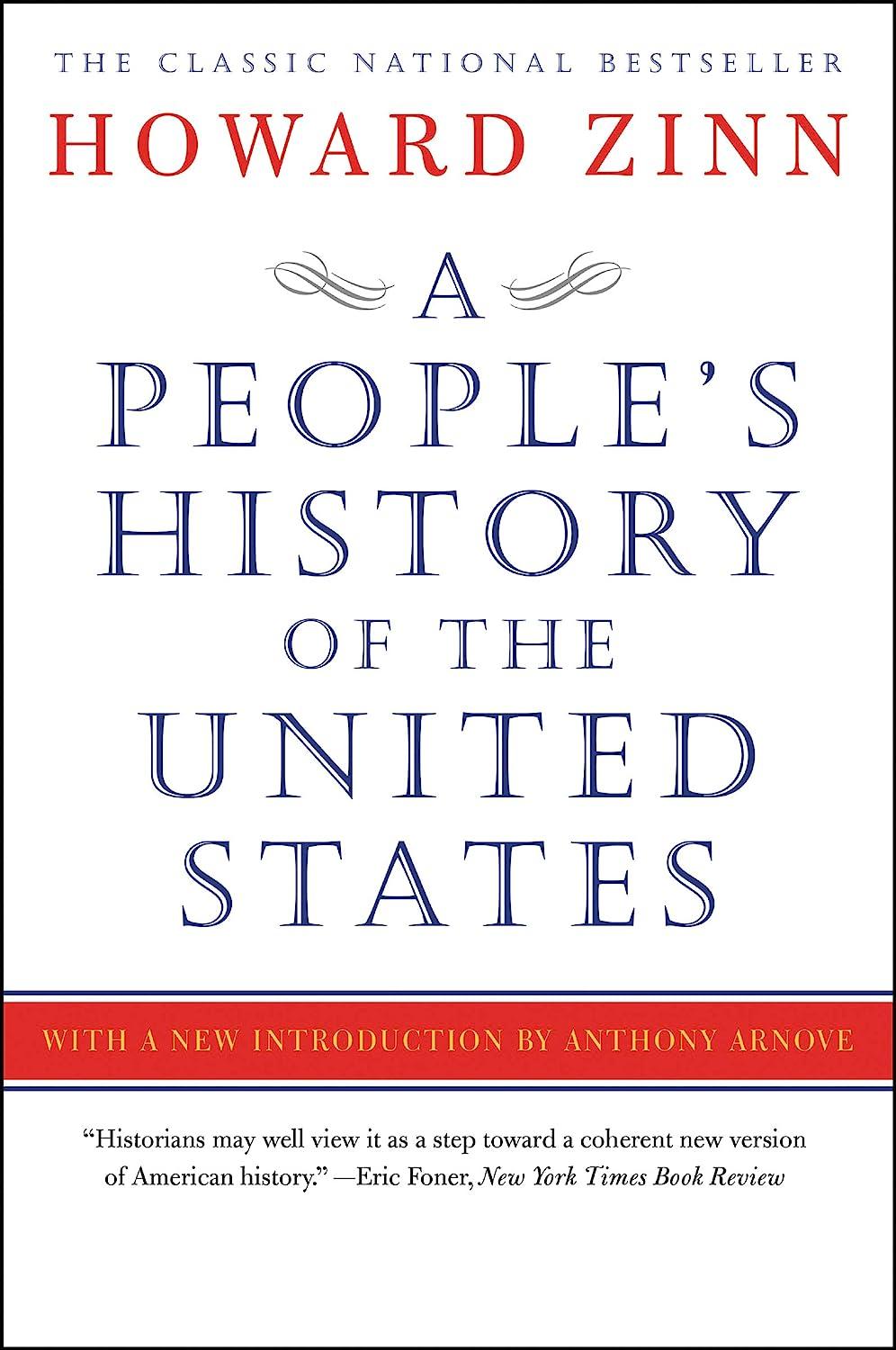Question
Review the Virgin America short case study. Prior to 2016, Virgin America was consistently rated as one of the top U.S. airlines. It served 20
Review the Virgin America short case study. Prior to 2016, Virgin America was consistently rated as one of the top U.S. airlines. It served 20 destinations out of its main hub in San Francisco. Known for its leather seats, cocktail-lounge-style lighting, on board Wi-Fi, in-seat power outlets for electronics devices, full-service meals, and spacious legroom, the key competitive issue the company has been facing is that it is a niche player in a much larger industry where low-cost carriers such as Southwest Airlines and Jet Blue are putting constant pressure on prices and crowding out routes with multiple flights a day. After reviewing the full case, please answer the following questions.
- What was Virgin America’s segmentation strategy? Whom did it serve?
- Regarding its core segment, what did Virgin America offer its customers?
- Using the Porter model, which generic business-level strategy was Virgin America pursuing?
- What actions, taken at the functional level, enabled Virgin America to implement its strategy?
- Do you think Virgin America would have been able to survive had it remained independent? (The company was acquired by Alaska Airlines in 2016).
Step by Step Solution
3.50 Rating (160 Votes )
There are 3 Steps involved in it
Step: 1
DB response to Wendy What was Virgin Americas Segmentation strategy Whom did it serve Virgin Americas segmentation strategy was targeted at people that travel for business luxury and techsavvy people ...
Get Instant Access to Expert-Tailored Solutions
See step-by-step solutions with expert insights and AI powered tools for academic success
Step: 2

Step: 3

Document Format ( 1 attachment)
6184eb4ccf9e3_852561.docx
120 KBs Word File
Ace Your Homework with AI
Get the answers you need in no time with our AI-driven, step-by-step assistance
Get Started


